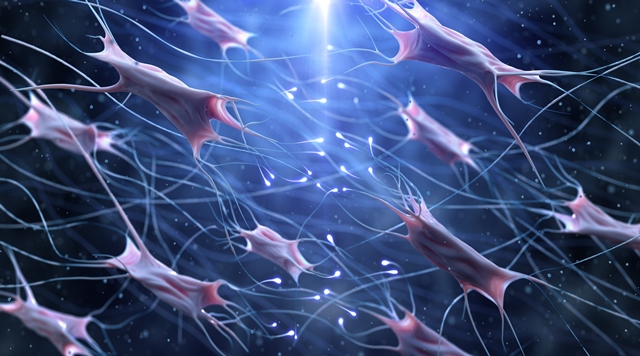
Acute wounds and chronic wounds have different healing times. Acute wounds (burns, cuts, scratches etc.) heal faster (in around 2 to 4 weeks) than chronic wounds, which often average a healing time of 210 days1. However, chronic wounds are usually related to an underlying disease such as diabetes, or venous or arterial insufficiency, which have to be treated at the same time.
The healing process can be broken down into 3 steps, each of which plays an essential role on the road to healing.
The 3 healing phases:
1 / The cleaning phase
Immediately after the wound occurs, an important cellular mechanism is set off. A process of “physiological” cleaning begins. The wound rids itself of denervated, damaged tissue, which has become redundant in its protective role over the body. The wound may be covered with a yellowish layer (fibrin) which requires the appropriate local treatment to remove the denervated tissue.
2 / The budding phase
The wound takes on a more granular appearance. In effect, a myriad of small “raspberry” formations (granulation buds) appear, which will fill the wound gradually. The wound takes on a red, shiny appearance which is caused by the intensive production of collagen and the production of new blood vessels by the body, to replace those destroyed.
3 / The epithelialisation phase
Little by little, starting at the edges, the wound (undergoing imperceptible contractions) finally closes. It looks drier. New skin, pinkish and thin to begin with, forms gradually until it covers the entire wound to become a scar. The scar often stays lighter than the skin around it, until melanin-loaded cells that are responsible for skin colour come into play months later. In the weeks following healing, the new epidermis should not be exposed to the sun at all.

